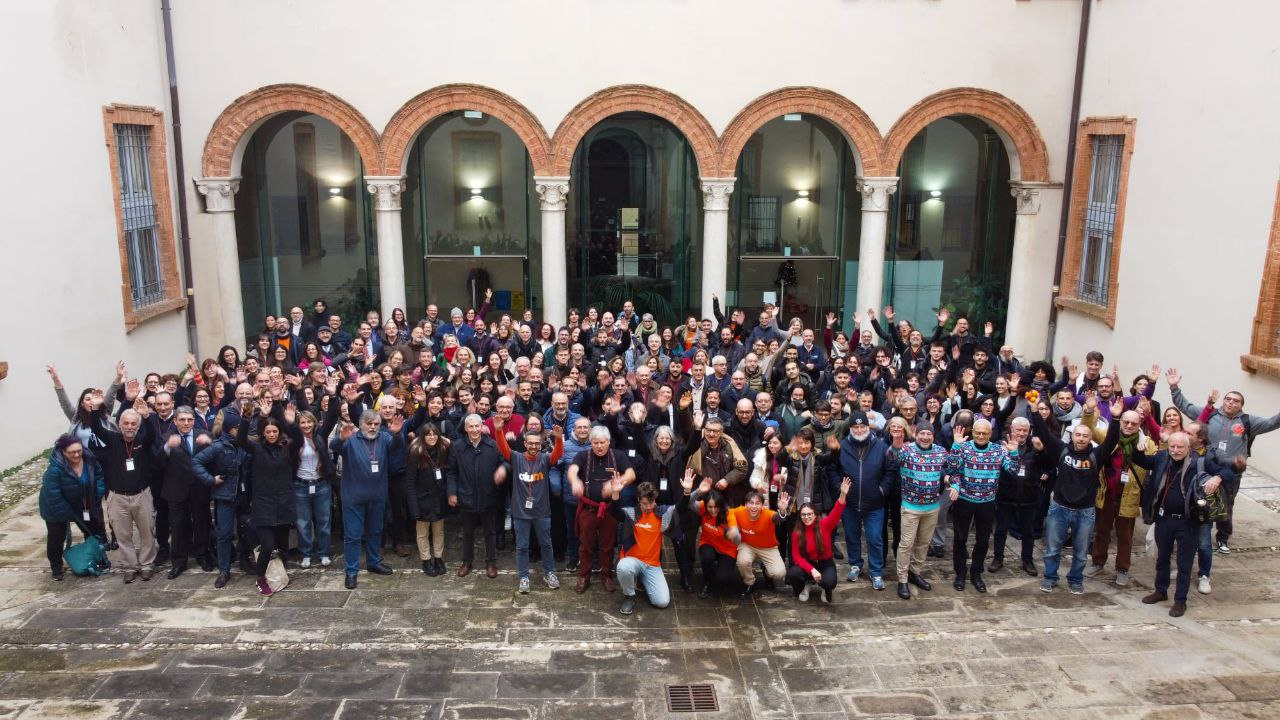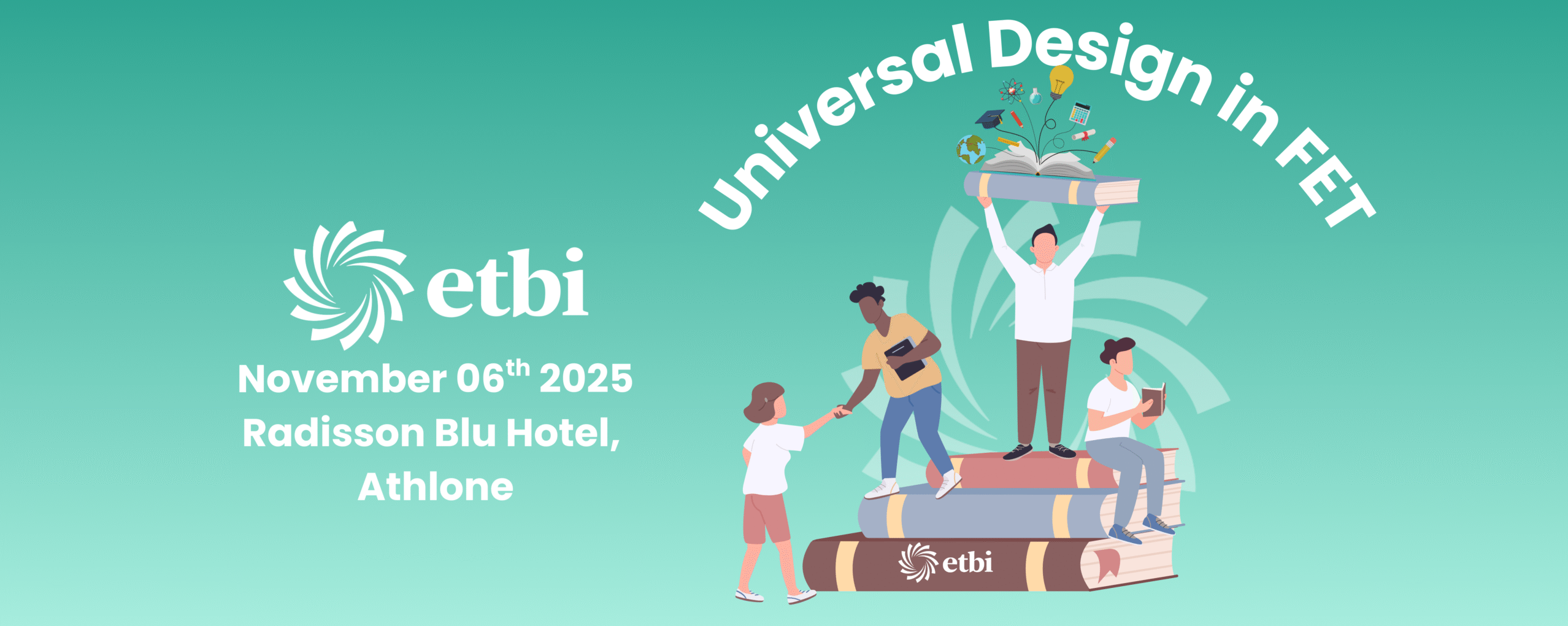Accessibility Maturity at Institution and Module Level with Alistair McNaught

Translating accessibility into everyday language and practice is the key to culture change. In this session, Alistair McNaught introduced two education-focused models that help locate digital accessibility in holistic frameworks that are meaningful to all staff and reflect their different spheres of influence. Have your MAMA moment – Make Accessibility Meaningful Again.
About the speaker
Alistair McNaught draws on 20 years of front line teaching experience devoted to making students more independent, creative and resourceful. The success of this work led to national roles with Becta, Jisc TechDis and Jisc, promoting and supporting technology-enhanced learning and inclusive practice. Alistair now works independently but with strong partnerships like AbilityNet, the Education and Training Foundation and textBox Digital.
The Session
- What is Accessibility Maturity?
- The Maturing Process
- Institutional maturity
- The Challenge
- Two types of maturity models
- Institutional Level Model
- Module Level Model
What is Accessibility Maturity?
Accessibility maturity involves situating digital accessibility within the holistic frameworks and basic professional standards of educational institutions.
The accessibility maturity model was developed by McNaught Consultancy and AbilityNet as a frame of reference for organisations to self evaluate their accessibility practices.
Alistair kicked off his presentation with some background to accessibility maturity, specifically the maturing of legislation within the UK and Ireland context.
For true accessibility maturity, a matured legislative framework must first be in place, so that users are already empowered without having to request access to cater to their individual needs.
The Maturing Process
Alistair described the shifting focus within accessibility legislation, from a person to process centred focus.
Alistair outlined the issue with person-centred accessibility legislation as having the responsibility placed on the individual to bring their disabilities to attention to receive an adequate learning experience.
Once matured to a more process centred approach, the legislative framework ensures that bodies and institutions are already adhering to accessibility requirements before the user has met the digital content.
Institutional Maturity
Alistair then discussed how public sector bodies and institutions vary enormously regarding the context of digital content production, taking the example of SCULPT for Accessibility working to ensure accessibility standards within County Councils.
The education sector context differs in this regard, as Alistair remarked: “the requirement of an educational site is not just to pump information into people’s heads, it’s to inspire, to engage, to challenge – and inevitably that gives you compromises.”
Education has additional challenges. Online learning platforms are composed of multiple courses, creators, sites, ranges of formats and interactions, upload schedules and uploaders with various degrees of IT skills.
Additionally, we cannot assume that all digital learning tools in the educational context meet quality accessibility standards.
The Challenge
Finding the best method for translating accessibility legislation guidelines into teaching practice can be a challenge.
Alistair discussed three dimensions of inclusive teaching that are worth inspecting before going onto explore the technical aspects of accessible learning.
Three dimensions of inclusive teaching:
- Learner activity: making activities engaging.
- Content presented: mix the media.
- The complexity of systems: focus on learning gains.
Alistair remarked that especially on the institutional level, focusing solely on technical accessibility can result in other barriers such as boredom.
Alistair emphasized the importance of finding a balance of having both technically and pedagogically inclusive teaching practice to achieve accessibility maturity.
He pointed out that educators should essentially avoid the irony of supporting students over barriers that need not have been there in the first place.
Two Types of Maturity Models
Alistair then presented us with the two education-focused maturity models developed for viewing digital accessibility through different lenses.
Both models identify the practices, policies, and approaches that would translate core accessibility legislative guidelines into sustainable “business as usual”.
Alistair demonstrated the institution level as the “skeleton” and the module level as the “outer skin” of an organisation’s digital accessibility – the bit the student experience interacts with.

Institutional Level Model
At an institution level, accessibility is hidden in different “lenses” through which the institution can be viewed.
This process of self-evaluation on a systemic level is the foundation of the institutional maturity model.
At the institution level, accessibility can be perceived from three dimensions:
- Philosophical
- Institutional
- People issues
Within these three dimensions are eight lenses:
8 lenses to view accessibility at an institutional level:
- Philosophical: Main driver for change? Model of disability? Culture?
- Institutional issues: Responsibility? Focus on effort? Policy framework?
- People issues: Skills and expertise? User’s digital experience?
Alistair stated that to add inclusive value to the processes, compromises such as acknowledging the weaknesses of the systems must be taken into account.
Accessibility maturity is not just a matter of putting on staff training. It’s also about an organisation’s cultural values, quality assurance and ownership.
For example, institutional issues such as a lack of accessibility awareness amongst senior management can in turn create limitations for institutional maturity.

Module Level Model
The module-level model considers more the direct impact on the student experience, considering elements such as the range of formats used and course design consistencies.
The ten lenses that make up the module level model are based on six different eLearning frameworks and focus on good author practice for accessibility and inclusive course design, rather than just technical standards for accessibility.
10 lenses to view accessibility at a module level:
- VLE or module accessibility statement
- Curriculum content
- Course design
- Online presenting
- Technology use and promotion
- Assessment
- Self-test opportunities
- Feedback
- Support with accessibility issues
- Building online communities (Forums, Social media etc)



